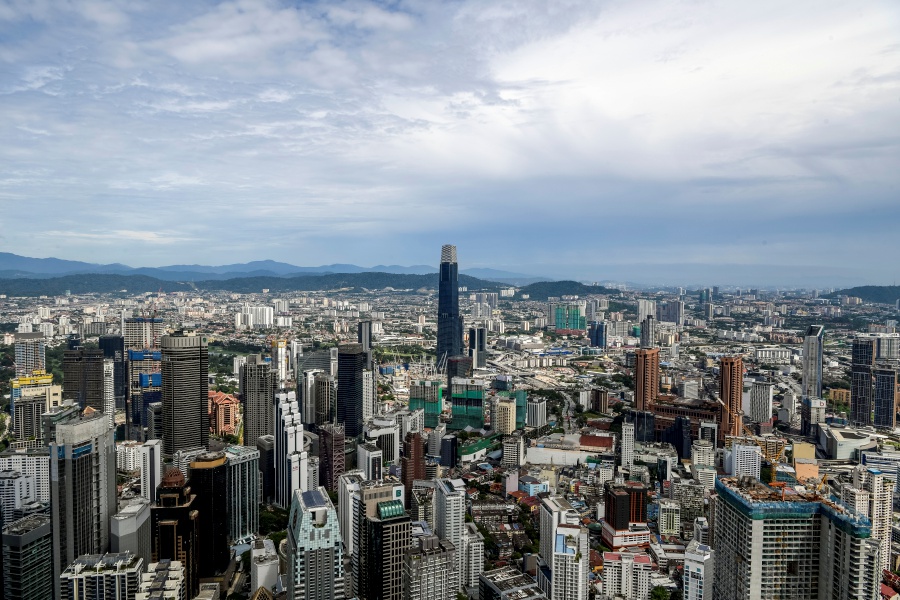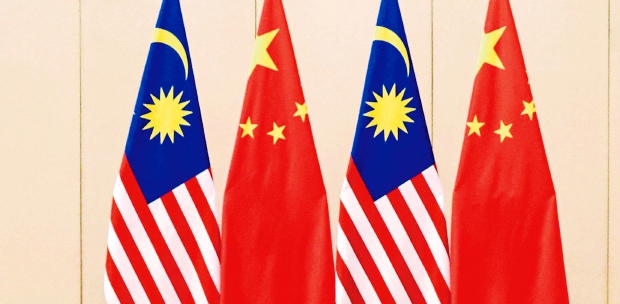ONE of the most consistent messages of the 12th Malaysia Plan (12MP) is a quest for a more inclusive, accessible economy.
It means a commitment on the part of the federal government for a more diverse Malaysia that is able to meet the challenges of tomorrow and rebuild better.
The challenge is how to translate this vision in practice. More inclusive policy means lifting the Bottom 40 per cent while supporting the struggling middle class.
Finding an appropriate response will require a gigantic effort, but also the ability to think inclusively and progressively.
One thing is certain. To really build forward better, it needs to invest in women, lifting them up in all domains.
For Asia Development Bank, the region can recover and rebound only if there is a strategic effort to do a better job at including more women in the economy.
A recent blog post on the bank's website makes that crystal clear.
"The economic benefits of closing gender gaps are unquestionable. One estimate notes that as much as US$12 trillion could be added to global gross domestic product by 2025 by advancing women's equality.
"Improvements in gender inequality and empowering women could raise aggregate income in Asia and the Pacific by 6.6 per sent in one generation and 14.5 per cent in two generations with per capita income rising as much as 30.6 per cent in one generation and 71.1 per cent in two generations."
What a chance the political leaders in Malaysia and their colleagues in the region have.
If we agree that the future of Malaysia's economy is intertwined with regional prospects and if Asean accelerates its pace at deepening its economic community, they can lead toward a twofold multiplier of common prosperity.
There is not only the business case for Malaysia to do much more for women's integration in the economy nationally, but also there is a compelling proposition to redouble efforts on women's economic empowerment regionally.
The former needs creativity and ingenuity to lay down appropriate policies and programmes at the national level that, with proper financial backup, can finally tap women's potential in the economy.
Complementarily, the latter will envision a stronger engagement in the region to champion women's rights at all levels because without basic rights, the economic empowerment of women in the Asia Pacific won't advance.
Getting these two propositions right is essential if we imagine a change in the status quo as policymakers start working on the next cycle of national development planning.
Partnerships are essential to succeed. Each state and territory of the federation must devise its own plans that must align with a national "master plan" on women economic development.
Enhanced collaborations with universities, non-profit organisations, social businesses and the private sector is also paramount as policies and programmes can be successful only if the work on the ground is implemented the right way. Policymakers alone cannot do this.
It is another way to localise and create ownership on Sustainable Development Goal 5 on gender empowerment. The stakes could not be higher and international collaborations are indispensable.
Karima El Korri, the United Nations Resident Coordinator in Malaysia, Brunei and Singapore, made a compelling case early this year during Malaysia's launch of the Women's Empowerment Principles Activator.
"Women also only make up 24 per cent of managers sitting at the top positions. Hence, much more needs to be done. Women still earn less than men. In 2020, Malaysia ranked 104th out of 149 countries in the WEF Global Gender Gap report — four places lower than its 2018 standing," she said.
"Achieving women's full potential is essential if we are to recover from the economic damage of the pandemic."
The principles offer an overarching blueprint with tools for businesses to become more women-centric and the government should enable them nationally and advocate for them within Asean and beyond.
Summarising the way forward, she said: "Everyone can be an ally for gender equality. Inclusion is exactly what the SDGs are about. And partnership on our shared aspirations for a more equitable and sustainable world through targets set out in the SDGs, is key to its achievement."
Prompting a new dynamism on women's economic empowerment is a challenge that Malaysia and the entire region must win if they hope to secure a better tomorrow.
The author writes on social inclusion, youth development, regional integration and the Sustainable Development Goals in the context of Asia Pacific






